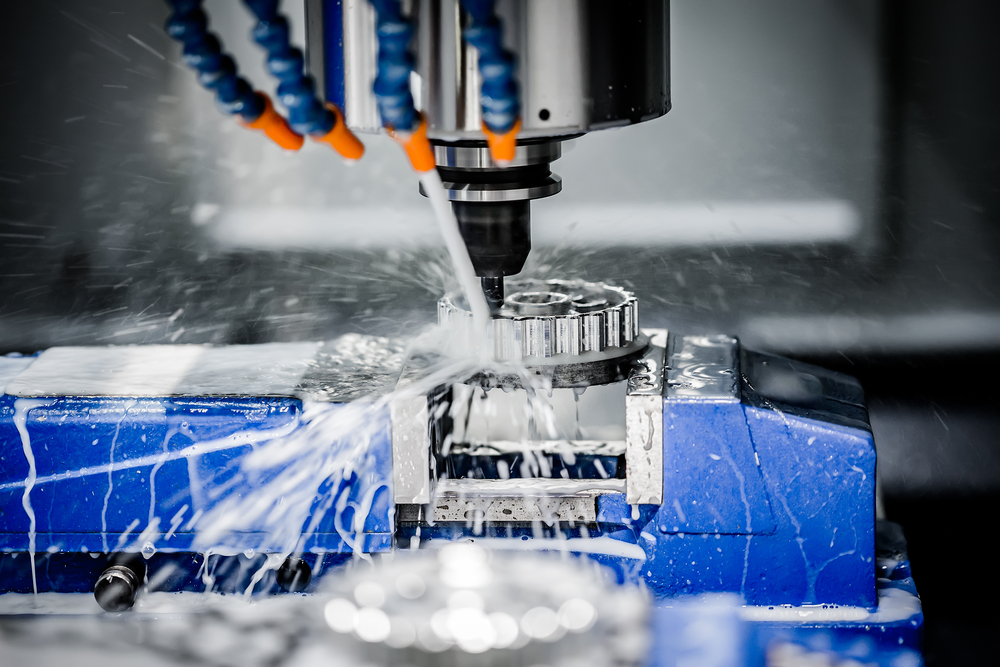Before the advent of CNC machining, metalworking and fabrication used to be done by numerically controlled (NC) machines. John T. Parsons, a close collaborator with the Massachusetts Institute of Technology, created these NC machines in the late 1940s. The United States Air Force commissioned the product they developed. This work had the goal of finding a cheaper way to produce complex geometries in aircraft parts.
This was the period when NC became the industry standard. Computer-controlled machining was only introduced in 1967. Computer-Aided Design (or Computer Aided Machining) was introduced in 1972. This led to significant advances in CNC machining. To get more information about modern CNC machining, you can hop over to this site ogis.com.au/metal-services/cnc-machining.

1976 was the year 3D Computer-Aided Design/Computer-Aided Machining systems became available. These CNC machines were the industry standard by 1989. The original NC machines were controlled using punch cards with a set code. These codes were known as G-codes.
These codes were used to tell the machine where it should be placed. These machines had a major problem: they were hardwired, making it difficult to modify the preset parameters. G-codes, which were used to control CNC machines, was not lost.
They were designed, controlled, and executed through computer systems. Today, G-codes in CNC machines and logical commands have been combined into a new programming language. Language and machines allow workers to make adjustments in real-time.